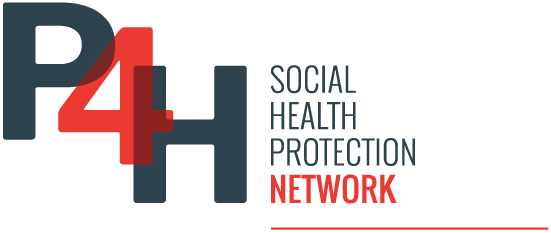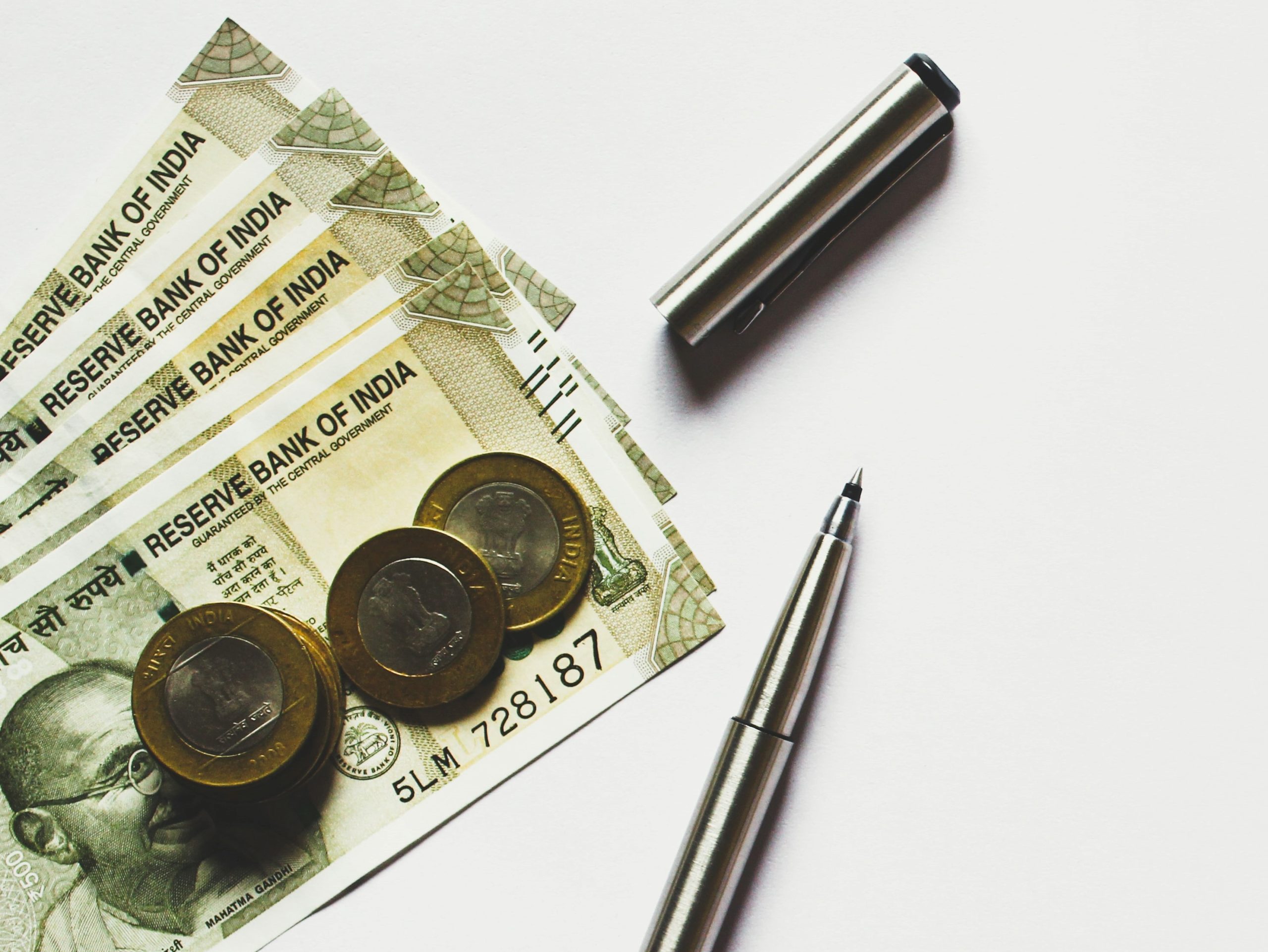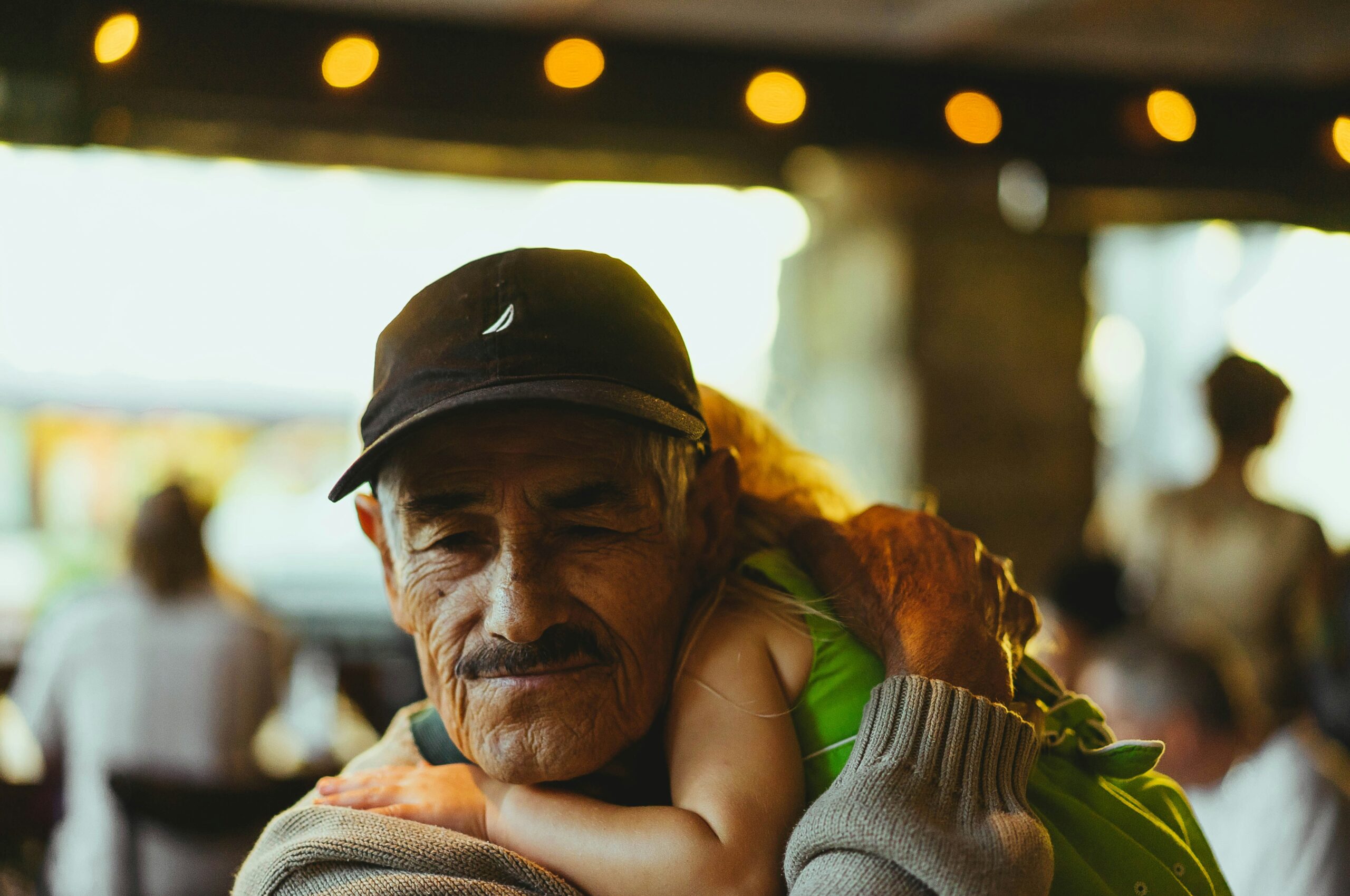The financial burden from health expenditure is a serious cause of concern for low-and middle-income countries as they tend to push households into poverty or deepen their existing poverty. In India, where out-of-pocket expenditures are high, poor and daily wage labourers face a high risk of financial burden due to health expenditures. Coping strategies include borrowing, reduction, or adjustment within the consumption bundle of households and sale of assets. This article studies the difference in household consumption bundle among different economic strata with and without out-of-pocket health expenditure using the Engle Curve analysis.
- The results show that irrespective of economic class and public health expenditure, households tend to protect their consumption of food against medical expenses.
- The lower quintiles face a more adverse reduction in non-food expenditure items, such as fuel, clothing and footwear, and education, whereas the higher consumption class faced a significant reduction in consumption shares of education, entertainment, rent and durables.
- The study also shows that with an increase in the level of out-of-pocket expenditure for BPL households, the relative share of all non-food expenditure gets drastically reduced.
Coping strategy by altering consumption shows the vulnerability of households in the absence of proper safety net mechanisms and poor functioning of public health care facilities.
Read more at Panikkassery AS. Impact of Out of Pocket Health Expenditure on Consumption Pattern of Below Poverty Line Households in India. Millenn Asia. 2020;11(1):27–53.



